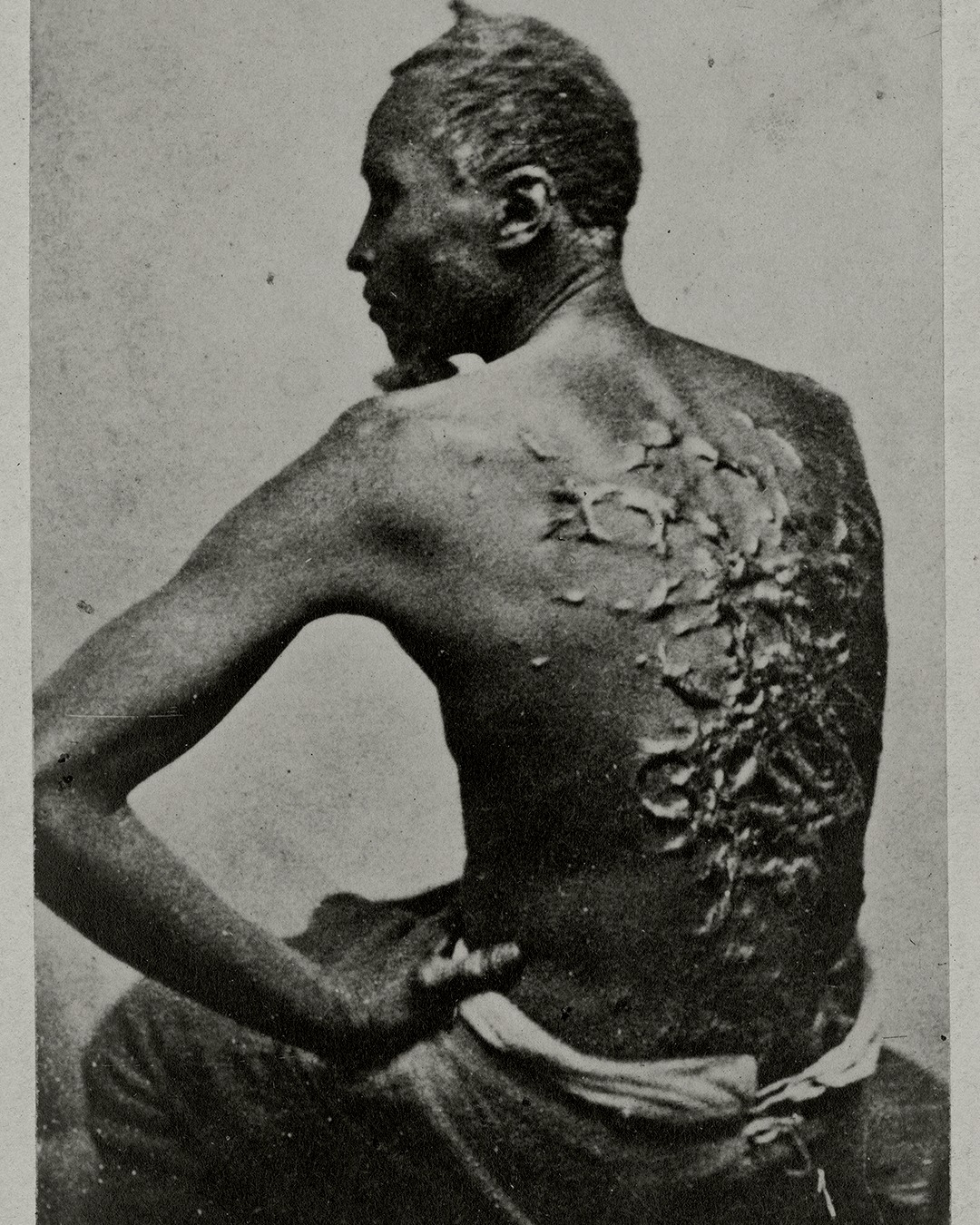Gordon’s encounter as a runaway slave was one that was characterized by extreme brutality and unimaginable endurance. Gordon, then known as Whipped Peter, was a black slave owned by John and Bridget Lyons on their plantation in Louisiana. In March 1863, Gordon’s overseer, Arte Carrier, unleashed a barrage of brutal whippings on him, leaving deep and horrific scars on his back.
The whippings were so severe that Gordon was bedridden for two months, in excruciating pain and suffering. However, despite the pain and torture, Gordon was determined to escape his brutal fate. One fateful day, he made a daring escape from the plantation, crossing treacherous rivers and swamps, and fleeing over 40 miles in just ten days to throw the bloodhounds off his trail.
To help conceal his scent, Gordon carried onions in his pockets and rubbed them on his body, an old trick commonly used by slaves to throw bloodhounds off their scent. The move worked, and Gordon managed to evade the bloodhounds sent after him by his former owners.
Gordon’s escape was not without its dangers, as he faced many challenges along the way. At one point, he almost drowned in a river as he attempted to flee. Still, his will to freedom kept him pushing forward, driven by the growing realization that his life as he had known it was unsustainable.
Eventually, after ten long days, Gordon reached Union forces, who showed compassion and offered him a place in the Union Army. However, despite being given a glimmer of hope, Gordon’s nightmare was far from over.
Later, little did Gordon know, he would once again be captured by the Confederacy forces. This time, he was brutally beaten and left for dead. Ironically, it seemed like death was not enough to keep Gordon from his past. Still, he was a fighter, and as he lay helpless, Gordon’s spirit remained unbroken. He miraculously escaped once more and continued to fight bravely in the Civil War.
A photographer by the name of James Freedman heard of Gordon’s story and wanted to tell it through pictures. Gordon agreed, and later that year, his photo, with his back scar exposed, was published worldwide, generating widespread condemnation of slavery’s brutal practices. In the photo, Gordon’s former overseer, Carrier, had fled Louisiana by then but was featured in the shot along with the caption, “Whipped Peter. Arte Carrier of Druid’s Hill, Plantation, Whipped me.”
Gordon’s photo, known as “Whipped Peter,” became a stirring testament to the enduring courage of enslaved people and their willingness to fight for freedom. It is proof that, in the face of brutality and oppression, human spirit remains unbreakable, forever enduring and fighting for liberation.



